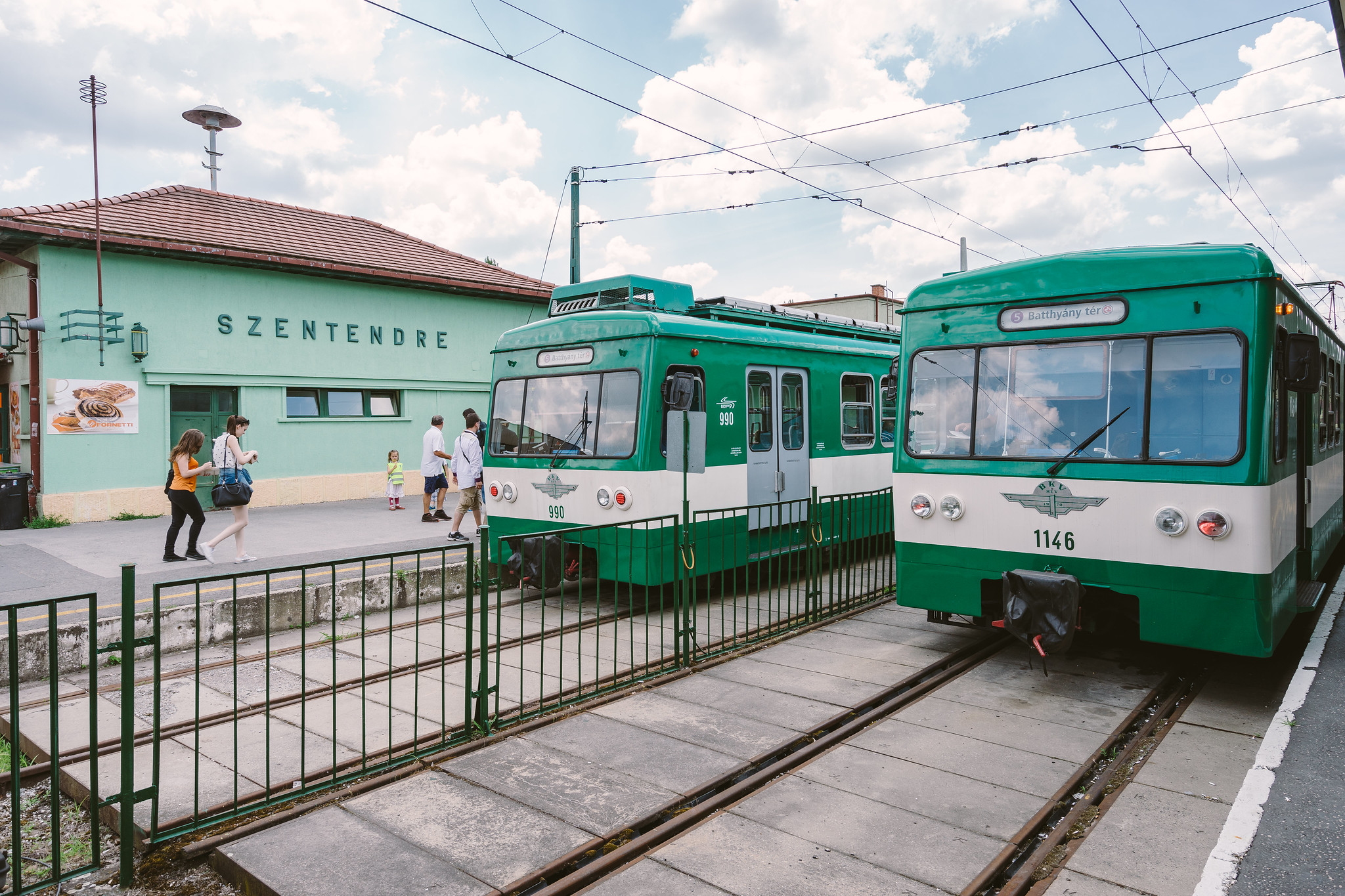
It was back in 2018 that a joint decision by Budapest City Council and the government led to the proposed implementation of EU development funds earmarked for 2021-2027.

Recent discussions between the city and suburban councils, Budapest Transport (BKK), MÁV rail and other interested parties now call for an open tender for the design of the first phase of metro line 5.
For many decades, Budapest had only three metro lines, with a controversial fourth unveiled in 2014. The HÉV network (Helyiérdekű Vasút, Rail of Local Interest) has been serving destinations outside Budapest for generations, its signature H logo part of the schedule for the city’s transport network, BKK. Currently, standard tickets are valid within the city limits, after which a supplement must be paid. The busiest route is to tourist-friendly Szentendre. The rolling stock comprises old-school electric trains with automatic doors.

The current proposal aims to connect HÉV suburban lines H5, H6 and H7 under the city centre, creating a north-south high-speed system that will feed into state-run MÁV rail lines heading deeper into Hungary. An underground line will be built between Kaszásdűlő and Rákóczi híd, and extended to reach the centre of outlying Pesterzsébet. Another proposal is the merger of metro line 2 with the HÉV to Gödöllő, which currently sets off from the terminus at Örs vezér tere.

A tender for the purchase of new, low-floor, air-conditioned trains for these HÉV lines will soon be launched. Plans also call for the complete renovation of the H6 (Ráckeve) and H7 (Csepel) HÉV, step-free accessibility at stops, the installation of Park & Ride hubs and the lifting of speed restrictions. The Csepel line may also be extended to Erdősor út. It is planned to extend and combine the H6 and H7 lines underground from Közvágóhíd, connecting Boráros tér with Kálvin tér, with a new interchange between metro lines 3 and 4.

As part of the investment programme, after the replacement of the surface area of Csepel HÉV station, a new Danube promenade will be created between Boráros tér and the South Pest Gateway Development, as well as prominent public spaces at major intersections.




